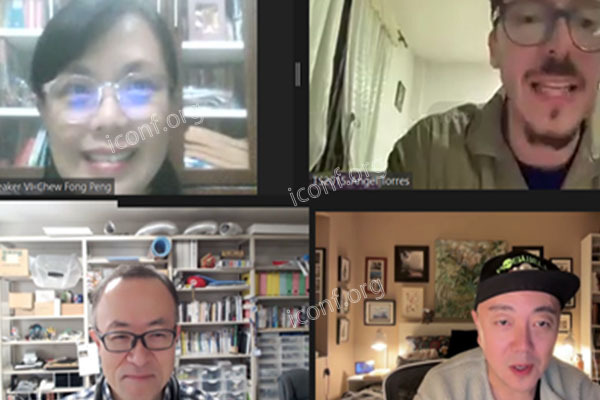Understanding IEEE Journals
Gaining familiarity with the breadth of IEEE journals is fundamental. IEEE encompasses a wide array of disciplines, including but not limited to electrical engineering, computer science, and telecommunications. Each journal caters to specific audiences and adheres to unique submission guidelines. Prior to drafting your submission, clearly define your research domain and select the most fitting journal. Iconf.org offers a plethora of resources, including journal directories, submission guidelines, and editor preference analyses, assisting you in precisely identifying your target journal.
Preparing High-Quality Manuscripts
A well-prepared manuscript forms the cornerstone of successful publication. Consider the following essential steps:
1. Thorough Research: Ensure your study is grounded in robust theoretical frameworks, employing cutting-edge experimental designs and data analysis methodologies. Stay abreast of the latest advancements in your field to maintain the relevance and innovation of your research.
2. Clear Expression: Structure your paper logically and express content accurately. Iconf.org’s paper writing guidance and language polishing services can refine your prose, ensuring professional and coherent presentation.
3. Compliance with Formatting Requirements: Adhere strictly to the specific submission formats and requirements of each IEEE journal, including margins, font sizes, and reference styles. Neglecting these details can result in rejection due to format discrepancies.
Submission and Review Process
Submitting to IEEE journals typically involves:
1. Online Submission: Upload your paper through the journal’s online submission portal. Confirm that all files—main text, figures, references, etc.—comply with journal specifications.
2. Peer Review: Following submission, your paper undergoes anonymous evaluation by subject matter experts. This phase might span several months, culminating in feedback for revisions or a direct accept/reject decision.
3. Revision and Resubmission: Address reviewer comments diligently and resubmit your revised paper. Iconf.org’s revision assistance service can expedite this process, improving the likelihood of final acceptance.
Leveraging iconf.org for Enhanced Paper Impact
Even post-publication, efforts to amplify paper influence should continue. Iconf.org offers a suite of services and tools to widen your academic footprint:
- Participation in Academic Conferences: Engage in conferences organized by or recommended through iconf.org. This not only offers a platform to present your findings but also facilitates networking with leading experts in your field, opening doors to collaborative opportunities.
Conclusion
Securing publication in IEEE journals represents a significant stride in the academic journey, but success necessitates a systematic approach. By gaining deep insights into target journals, meticulously preparing high-quality manuscripts, navigating stringent submission protocols, and capitalizing on the professional offerings of iconf.org, you significantly enhance your prospects for publication and long-term paper impact. Embark on your IEEE journal submission journey with iconf.org today, illuminating your research achievements across the academic landscape!
---
This article meticulously outlines the entire process of publishing in IEEE journals, from understanding journal characteristics to submission strategies, and leveraging iconf.org to augment paper impact. Irrespective of whether you are a newcomer to academia or an experienced researcher, iconf.org stands ready to furnish you with robust support, propelling you forward on your scholarly pathway. Act now to spotlight your papers in IEEE journals, establishing yourself as a focal point within the academic community!
